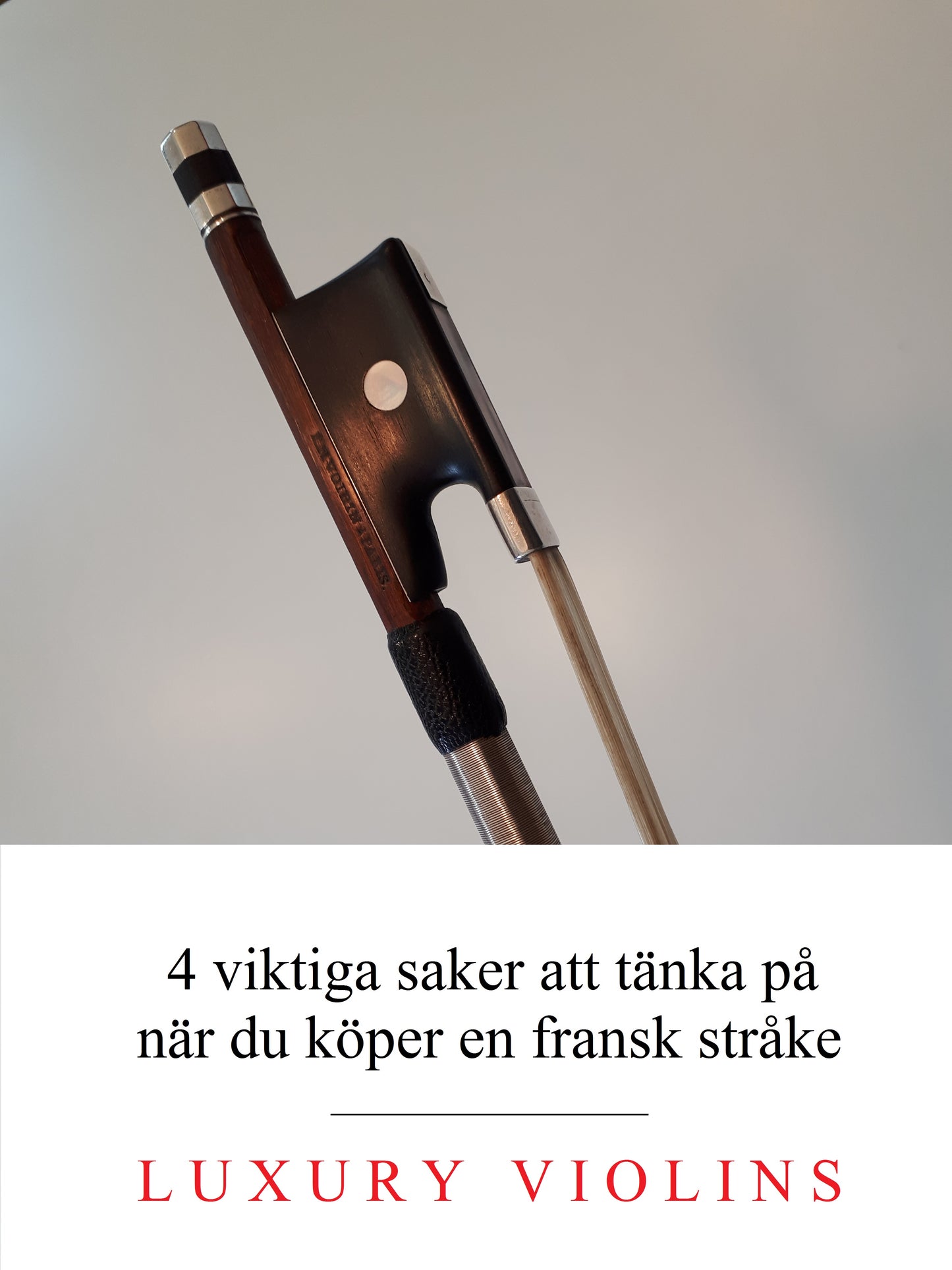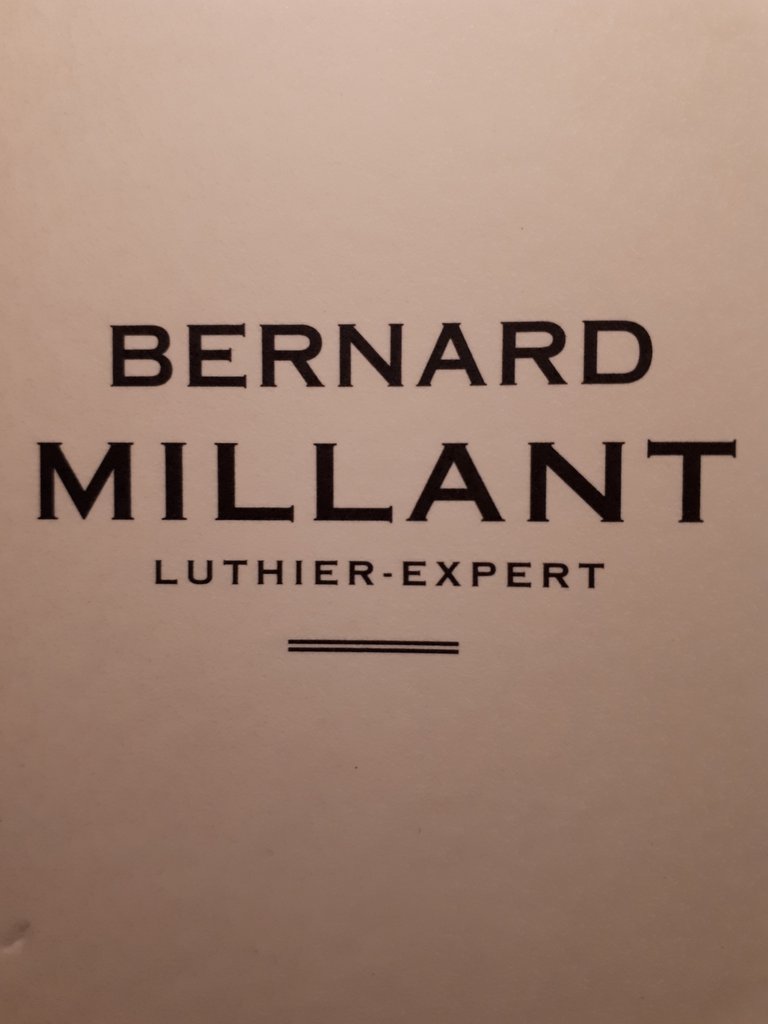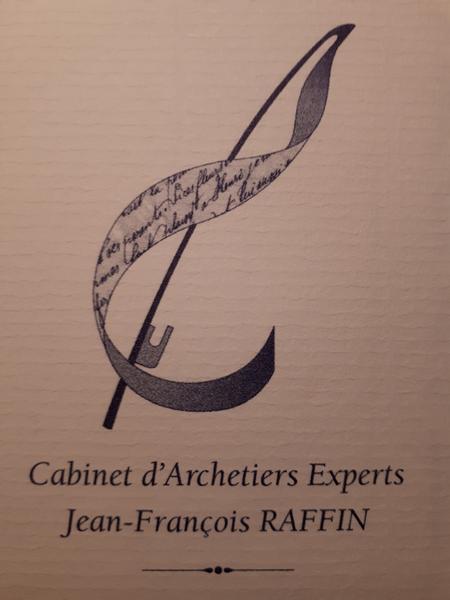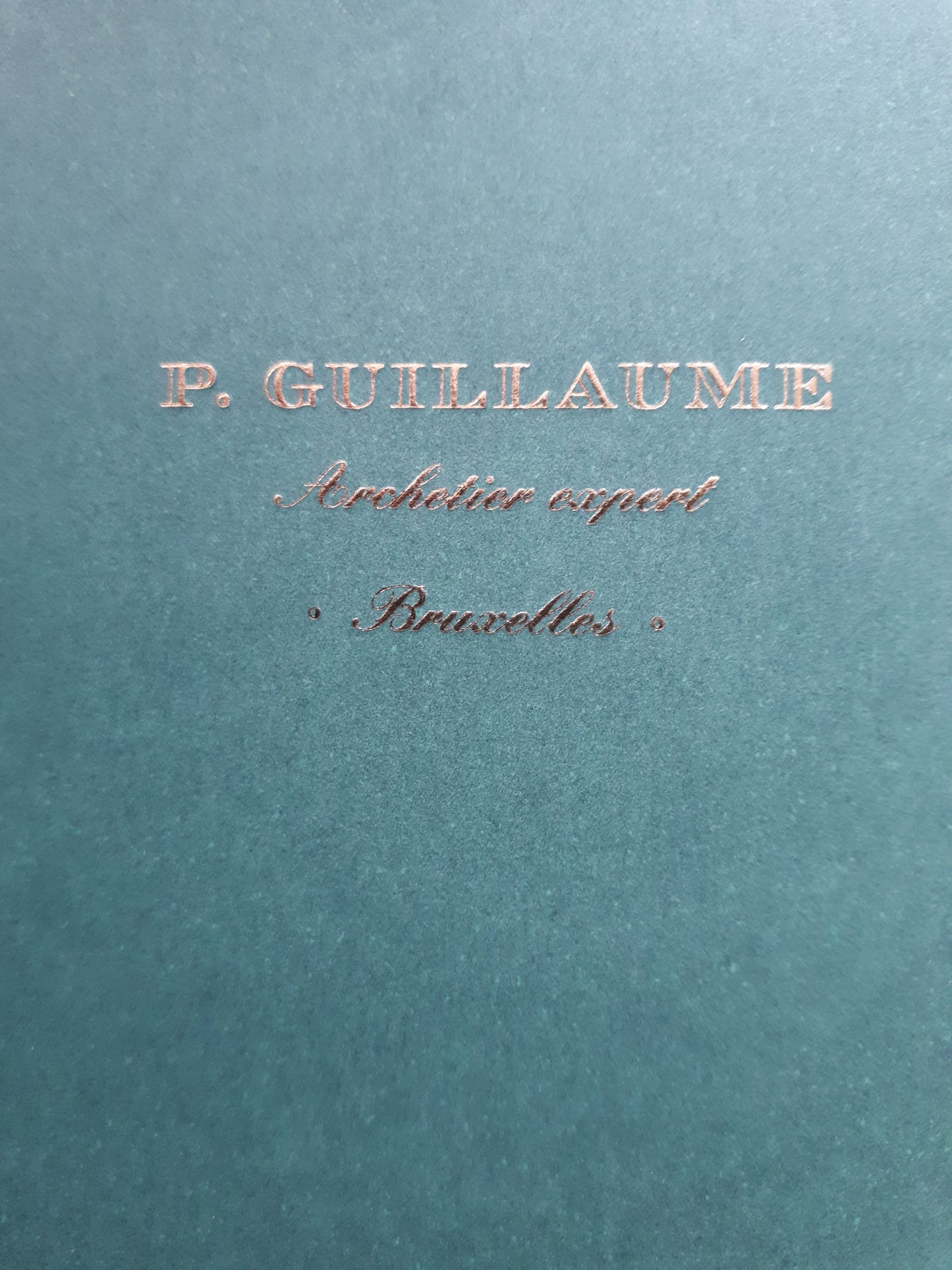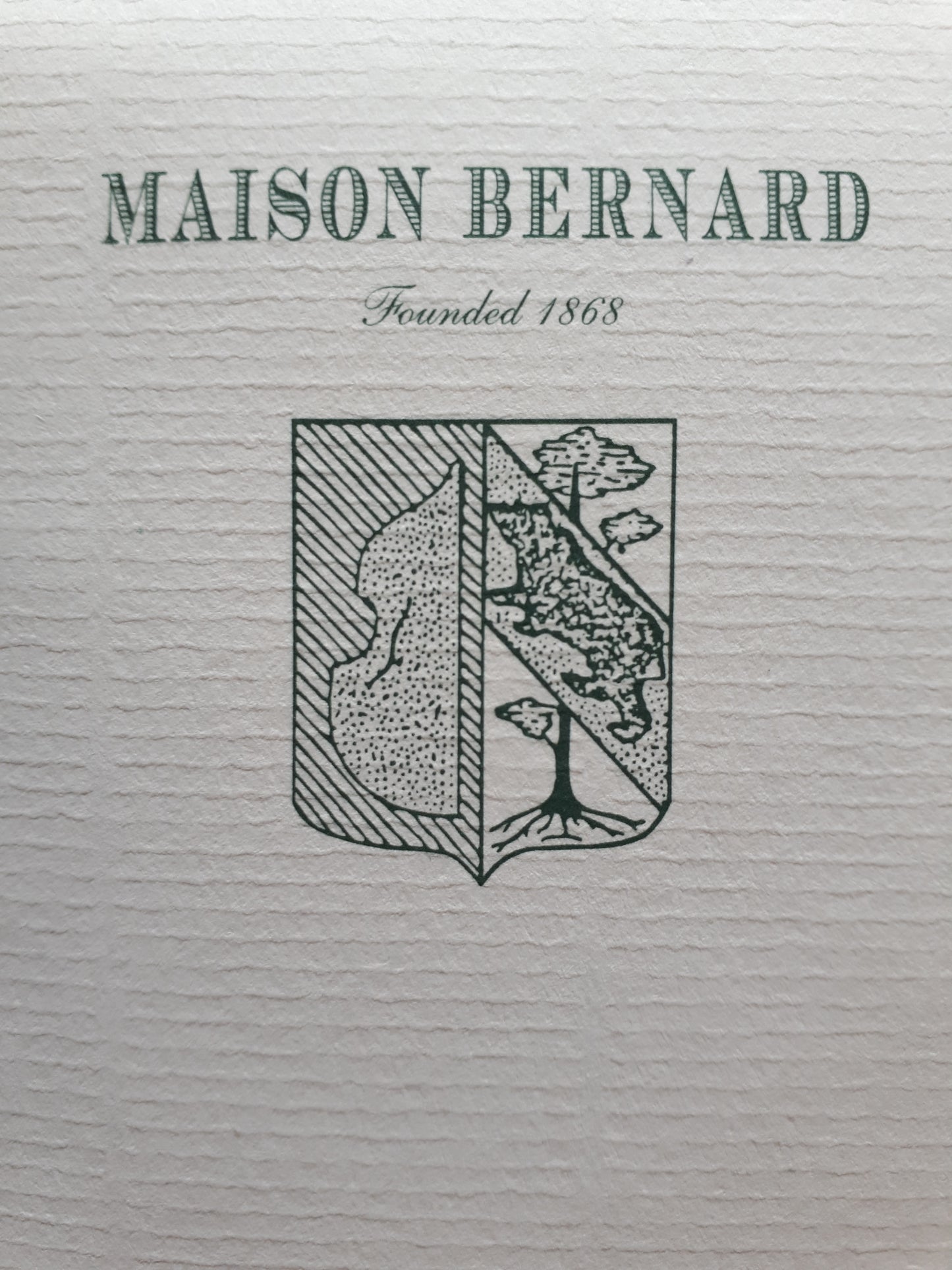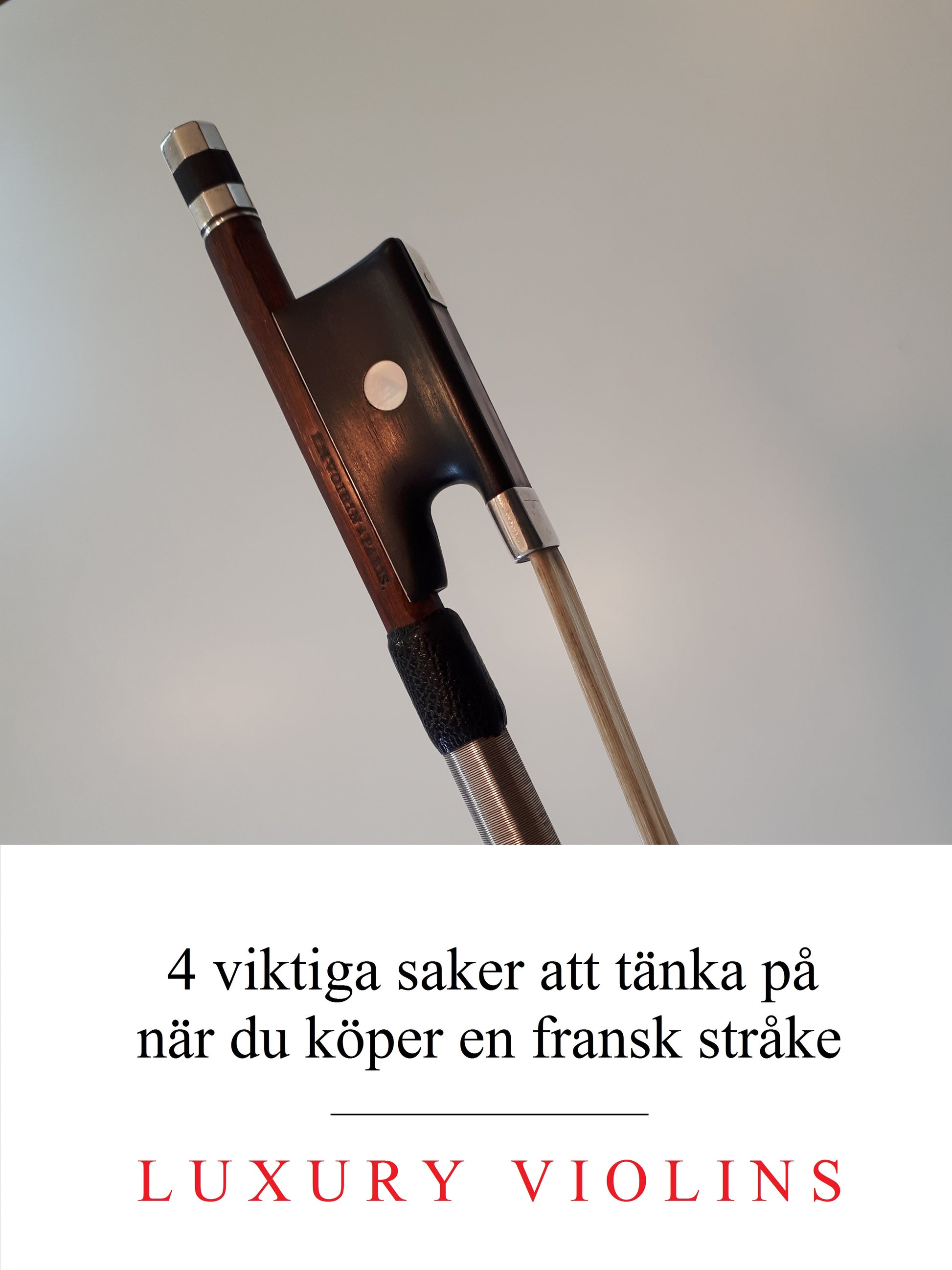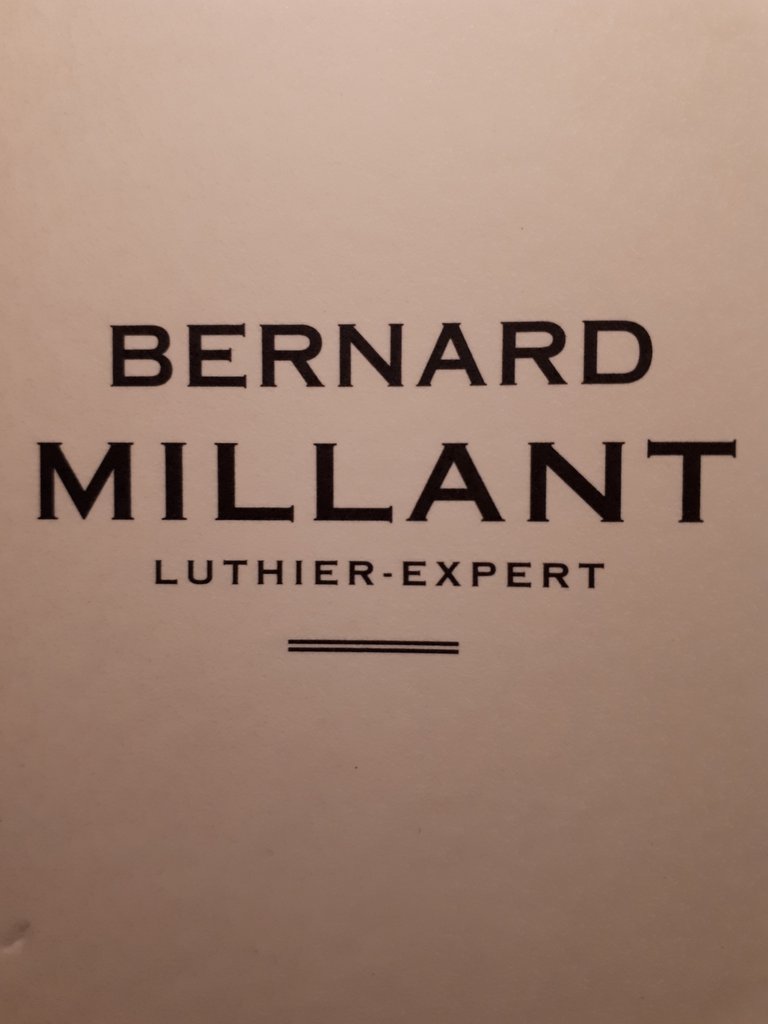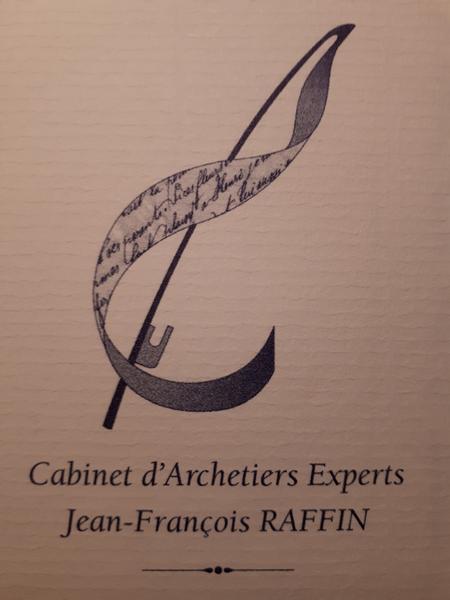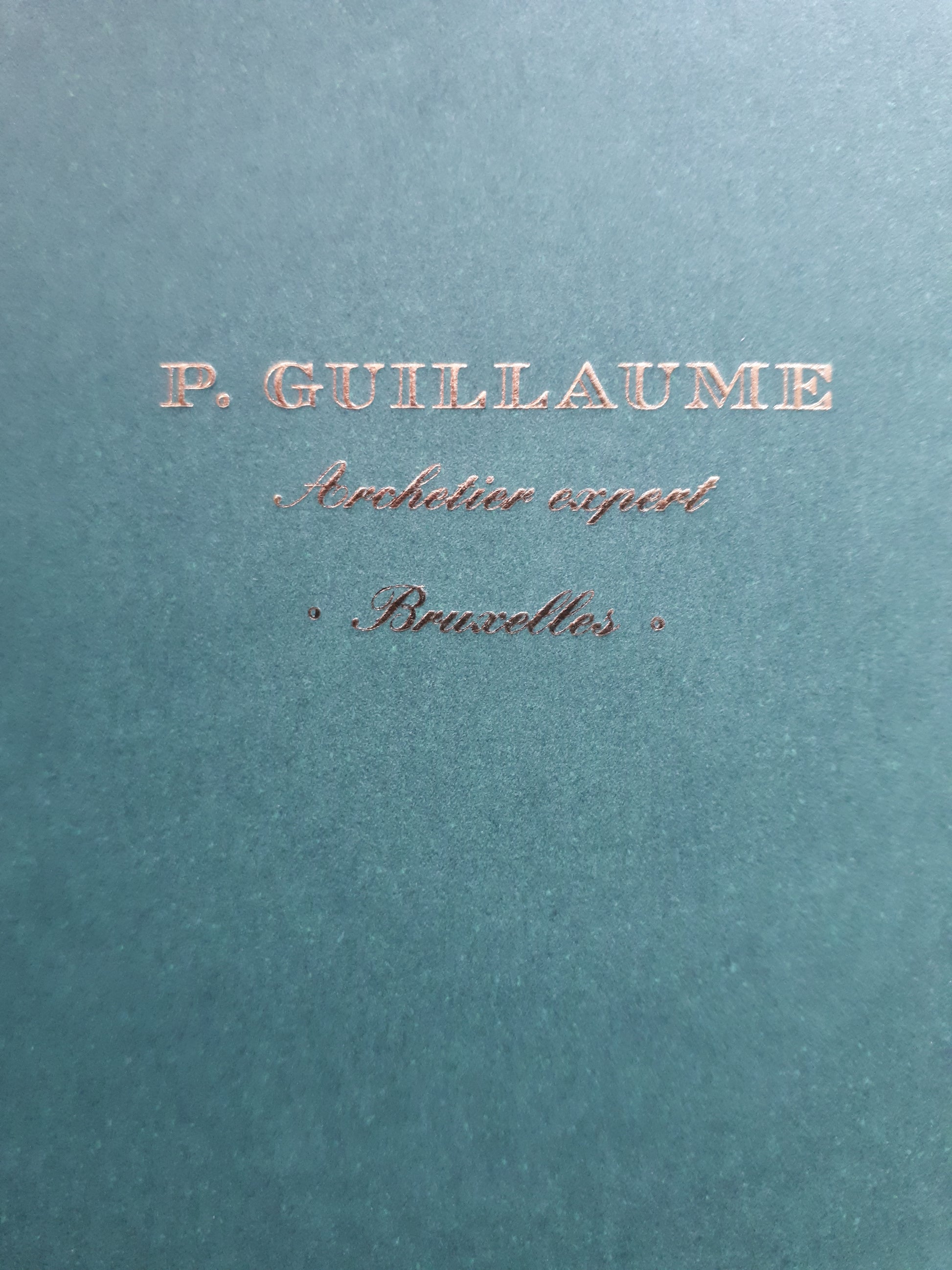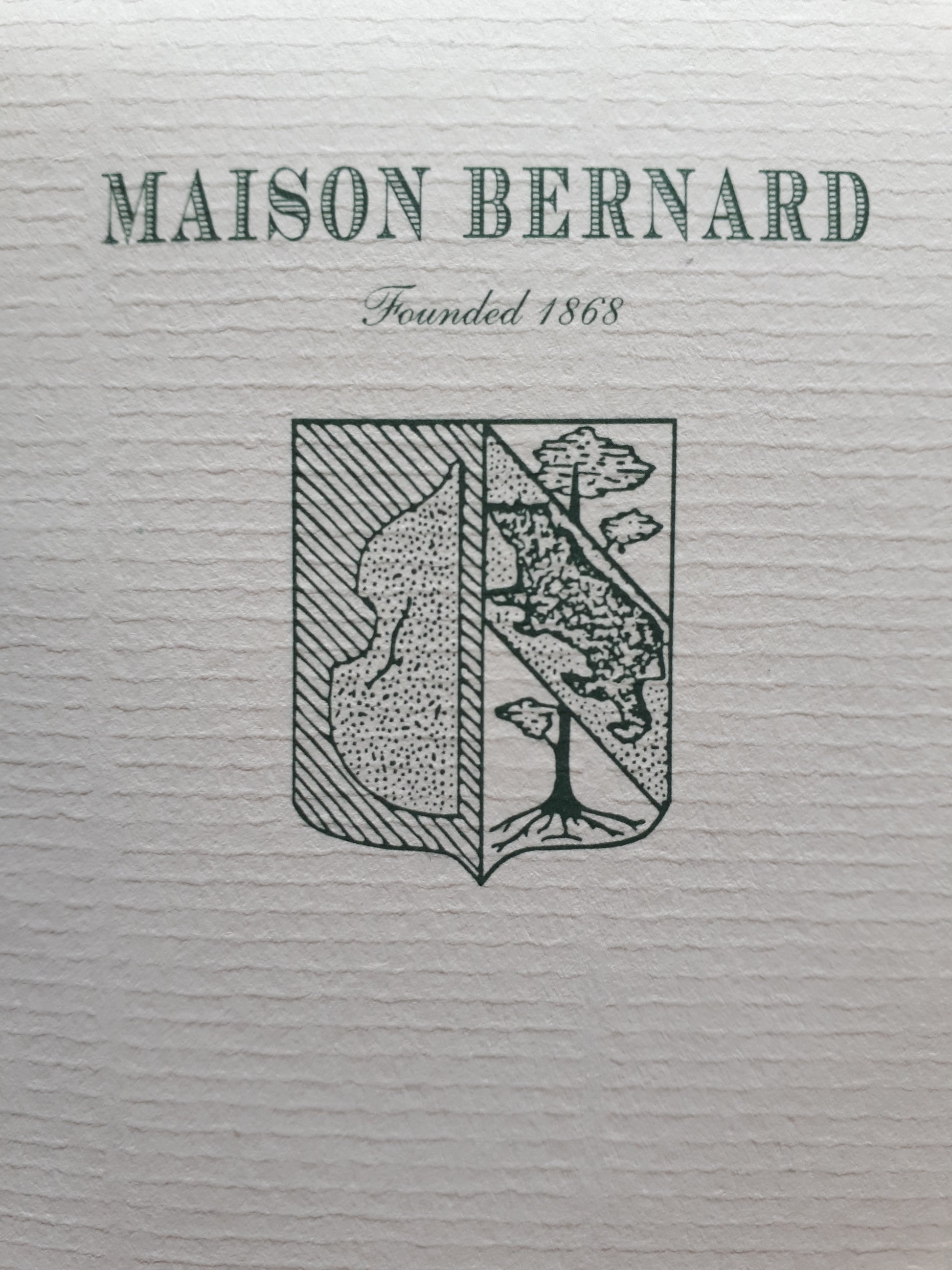Buying an older French violin bow
Buying an older French violin bow
The 4 most common mistakes when investing in an older French master violin bow
- Certificates and certificates of authenticity
As with expensive violins, there are usually more copies and counterfeits of a particular builder / brand than the originals. Therefore, it is important that it is accompanied by a certificate of authenticity from a recognized expert. Today there are many who write and issue certificates of authenticity and of course the credibility of these varies. A few experts are well recognized worldwide, but if you as a buyer are unsure of the certificate that comes with it, always consult about it with a third party.
Never buy an older French violin , cello bow without a certificate of authenticity - there are more copies than the original
- Condition and condition report
When it comes to violin bows, the condition is even more important than with the instruments when it comes to pricing. Small cracks and well-made "repairs" are often difficult to detect and many bows circulate on the market with significant damage or repairs. Many of these damages cause the value to be halved or more, compared to the value of an equivalent bow in good condition. To be completely confident in your investment, a written and updated condition report should accompany the purchase.
Never buy a French string without a written condition report - a hidden damage can halve the value
- Original part or replacement
It really goes without saying that if, for example, the frog or the button on a fine old bow has been replaced (not the original with the bow), the value must be significantly affected. At the same time, as a buyer you can get a lot of "game value" if you buy such a bow, provided that the price is adjusted accordingly. In a proper certificate, of course, the parts that may not be genuine are reported, but not all sellers inform about this. Most certificates of French bows are written in French, and examples of phrases to pay attention to are "est authentique, pour la baguette." (the bar is genuine, but only that ..) or "l'exclusion de la hausse" (with the exception of the frog). Never buy a French violin bow without checking what is original - it is absolutely crucial for the value
- Silver or nickel silver
Traditionally, bows in the violin family are mounted in silver (expensive material) or nickel silver (cheap material), which often indicates the quality of the bow. But when the new silver was first made around 1828, it was for a time even more expensive than real silver and therefore many French top quality bows from this time are an exception to that rule. Otherwise, the rule usually applies. Many French bows from the late 19th and early 20th centuries were mounted in nickel silver and made from lower quality fernambuco wood. Therefore, these have a significantly lower value than the corresponding silver bars.
Incorrect pricing of French violin bows is often due to ignorance on the part of sellers and buyers
